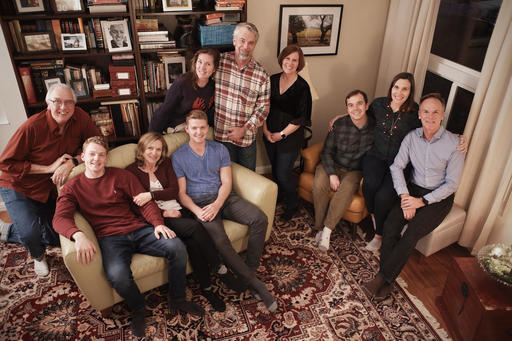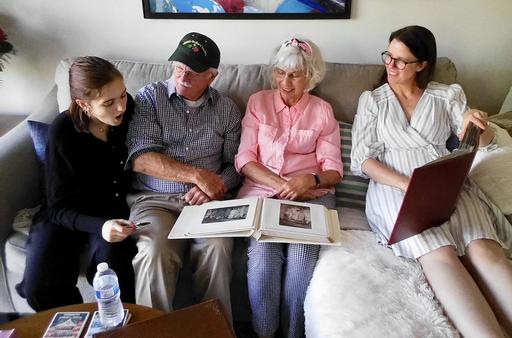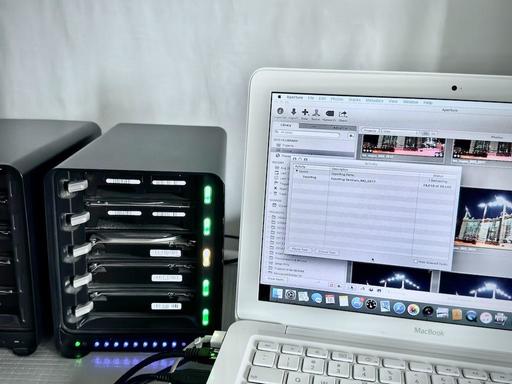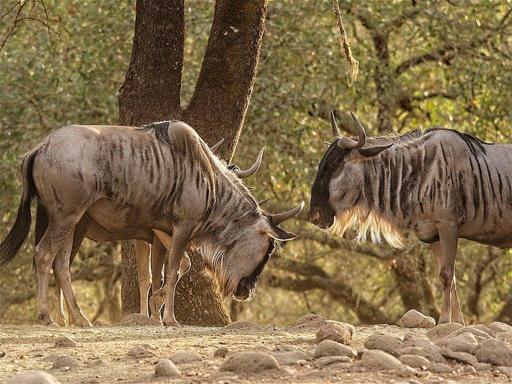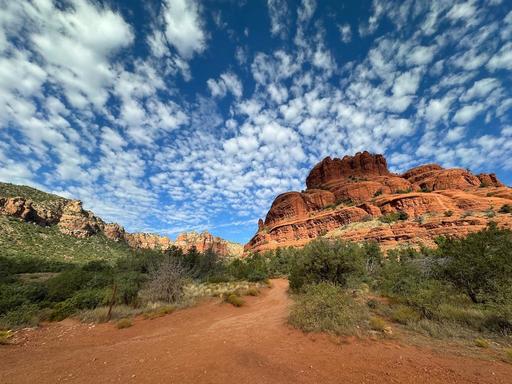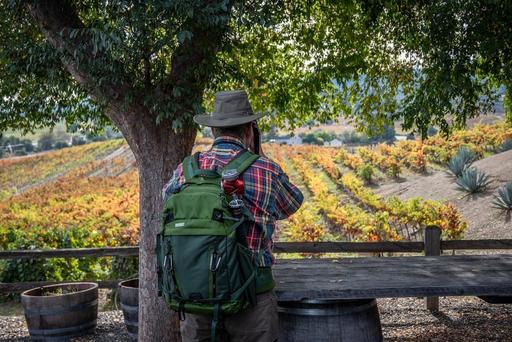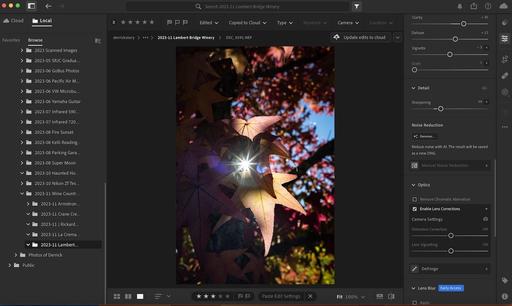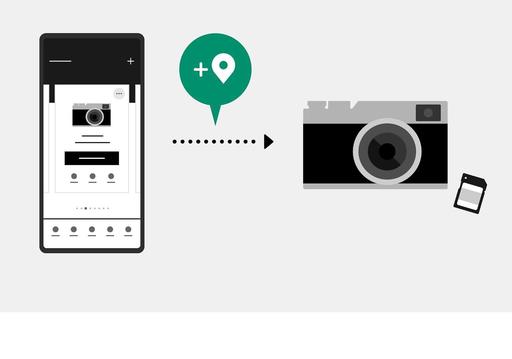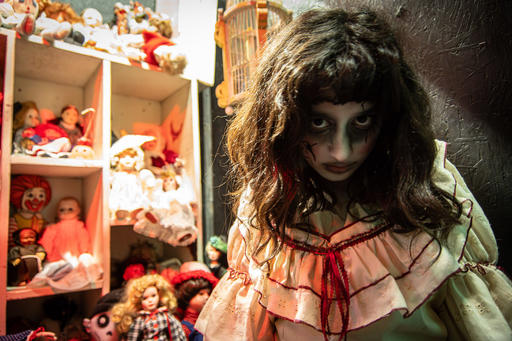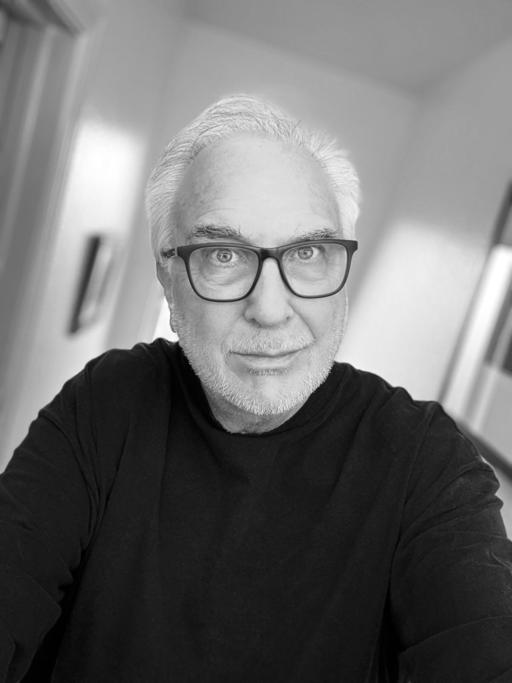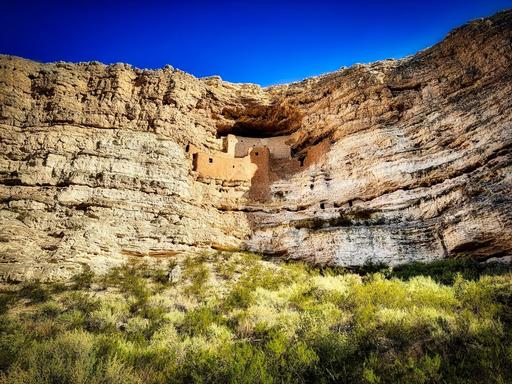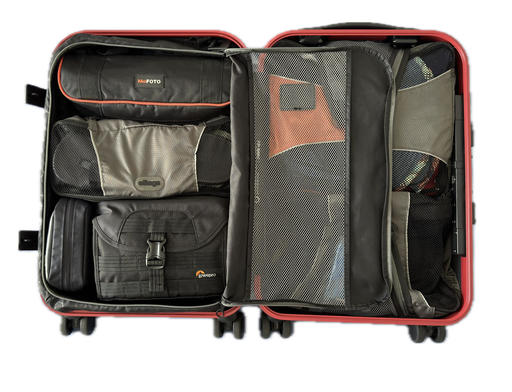This is The Digital Story Podcast #924, Dec. 5, 2023. Today's theme is "The Reluctant Portrait and FindMySnap." I'm Derrick Story.
Opening Monologue
It's practically impossible not to take pictures during the holidays. If you're lucky, there are plenty of photo subjects in bright, colorful settings. But most folks don't like how photos of them look. Here's how to make them happy. Plus, I'll introduce you to an exciting new iOS app called FindMySnap. All of that, and more, on today's TDS Photography Podcast. I hope you enjoy the show.
Tune-In Via Your Favorite Podcast App!
Apple Podcasts -- Spotify Podcasts -- Stitcher
Podbean Podcasts -- Podbay FM -- Tune In
The Reluctant Portrait
The reason why most folks don't like their picture taken is because they don't like the way they look in the photo. I can totally understand that.
Holiday snapshots are notorious for bad looks - unflattering expressions, bad angles, and poor lighting. But if you overcome these obstacles, it's a brand new ballgame, and one that most people would be happy to participate in. Here are my 5 favorite tips to overcome reluctant portraits.
- Candids Can Be Cruel - Unless you're a toddler, the adorable family dog, or just unnaturally handsome from all angles, candids typically do a disservice to the subject. Forget about spontaneity and go for pleasing.
- Find Good Lighting - Nearly every home and venue has an area or two where the lighting isn't ghastly. Scout these areas out, then use them to your advantage. One of my favorites is diffused window lighting.
- Get Permission, then Work Your Magic - Tell the subject that you have a great idea for a shot and that you think it's going to be fantastic. Even reluctant participants will go along with something that seems well thought out.
- Show Them the Picture! - We have these fantastic LCD screens on the back of our cameras - use them! Once you get a good shot, show it to the subject. Nothing relaxes and builds confidence like success. Chances are this will buy you a few more opportunities.
- Share Only Flattering Pictures After the Event - People remember who makes them look good. Dispense with the awkward and only share the pleasing. You work at the next gathering will be much easier.
When we look back on holiday photos, we want to see our subjects clearly and in a good light. With you intervening to create good photographs instead of just indiscriminately snapping away, you will capture memories that people will enjoy for years to come.
And finally, don't forget the group shot! It is the single most important image of the gathering.
Happy Holidays!
Find Photos Lightning Fast with FindMySnap
You can learn all about it at CYME
How many pictures do you think you have on your iPhone? I'm guessing alot! In my case, I have about 31,000.
And one of our favorite things to do during a conversation about travel, or anything else, is to pull out our smartphone, and find that picture that we can show the other person.
Easier said than done, right? Not anymore with FindMySnap.
This AI-Powered app indexes your entire photo library, then provides lightning-fast results when you query it.
Search phrases I've used include: Mom Christmas, Cat Window, My Sons, and so many more. The results are truly amazing.
Plus the app has a bit of fun built in as well.
- Save and Cherish Your Photo Collage: Adore the set of images you rediscovered? The app auto-generates a photo collage, which you can save to favorites.
- Show Off Your Best Shots: Easily craft and share your standout images across Instagram, TikTok, Pinterest, Facebook, LinkedIn, YouTube, and more!
- Craft Your Perfect Photo Album: Turn your themed photo collections into stunning albums right within Apple Photos!
- Language Friendly: Whether it's English, Spanish, French, or more, just ask Find My Snap to help you out in your preferred language.
You can download and try the app for free. If you love it, you can purchase it for $1.99 a monty, $6.99 a year, or $34.99 for a lifetime license. It works beautifully on both iPhones and iPads.
The 2024 TDS Photography Workshop Season
Gift Certificates are available for all of our workshops! Just send me an email at dstory@gmail.com, and I'll send you a personalized certificate right away.
You can see all of the workshops and reserve your spot at thenimblephotographer.com
I've just announced six new workshops for next year - 3 online, and 3 in-person on location. All events are open for registration right now. Here's what's going on.
Photo Critique and Building Your Portfolio - Online - Feb. 2024
Spring in Sedona, AZ - In-Person - April 2024
Infrared Photography - Online - June 2024
Inkjet Printing for Photographers - Online - August 2024
Durango, CO and Mesa Verde National Park - In-Person - Oct. 2024
Safari West and Wine Country Experience in Sonoma County - In-Person - Nov. 2024
Reserve Your Spot Today
Most of our workshops currently have open seats. But typically that doesn't last for long. So if you want to join us in 2024, and I hope you do, visit the Nimble Photographer Workshops Page and reserve your spot. I hope to work with you in 2024!
Harman Photo's Brand New Color Film is Called Phoenix 200
You can read the entire story on Petapixel.com
Harman Photo, the company that manufactures Ilford-brand film, has announced a new color film: Harman Phoenix 200. The limited edition film, which has been teased by the company on social media for weeks, is a 36-exposure, ISO 200, designed for 35mm SLR cameras, and was made entirely in Harman's Mobberley factory in North West England. "We are so well known for our black and white films that we are regularly asked why we don't make colour films," says managing director Greg Summers. "We always believed this wasn't feasible, but I'm delighted to say we were wrong!"
Harman says the film produces high-contrast photos with "visible grain and punchy, vibrant colours," which is backed up by the example photos shared by the company. The DX-coded cassette can be rated between ISO 100 and 400 but Harman believes it performs best at ISO 200 in "good, consistent light, with the possibility of halation."
"We think this is unlike any other colour film on the market," says Giles Branthwaite, Harman's sales and marketing director. "As it is our first, we also recognise it is not perfect, but the film community is crying out for choice when it comes to colour, and we want them to know we are listening."
"This is just the beginning of Harman's colour journey," adds Branthwaite. "Sales from this film will allow us to further invest, refine, and improve our formulations, coating capabilities, and colour technology. Our aim is that each new colour film we produce is an improvement on the previous."
The film is available now, and you can find links in the Petapixel article.
And, if you want to learn more about the film ecosystem, including the Harmam announcement, be sure to check out the article, A Film Photography Revival? by John Pemberton on Live View.
Virtual Camera Club News
The Nimble Photographer Newsletter is now publishing every Thursday. Readers will enjoy a variety of content spanning from short photo essays, to commentary on weekly events, to reviews of the latest and coolest photo gear.
TDS Workshops! - You can sign up for available workshops by visiting The Nimble Photographer. Inner Circle Members receive a 10-percent discount on all events.
Inner Circle Members: A big thanks to those who support our podcast and our efforts! We are having a blast at our new Inner Circle hangout, the private group I've set up at DerrickStoryOnline. We'd love it if you join us. You can become an Inner Circle Member by signing up at our Patreon site. You will automatically be added to the new hangout.
Great Photography Articles on Live View - If you check out our publication and appreciate what you see, be sure to follow us and clap for those authors. You can find us at medium.com/live-view.
If you're interested in writing for Live View, drop me a line at dstory@gmail.com.
The New Donation Kit for Carefree Shipping of Found Film Cameras - If you've discovered a film camera that's no longer being used, our new Donation Kit makes it easy to pack and ship. Just visit the Contact Form on thenimblephotographer.com, click the box next to Donating a Film Camera, and let me know what you have. In your note, be sure to include your shipping address.
Affiliate Links - The links to some products in this podcast contain an affiliate code that credits The Digital Story for any purchases made from B&H Photo and Amazon via that click-through. Depending on the purchase, we may receive some financial compensation.
Red River Paper - And finally, be sure to visit our friends at Red River Paper for all of your inkjet supply needs.
See you next week!
You can share your thoughts at the TDS Facebook page, where I'll post this story for discussion.
